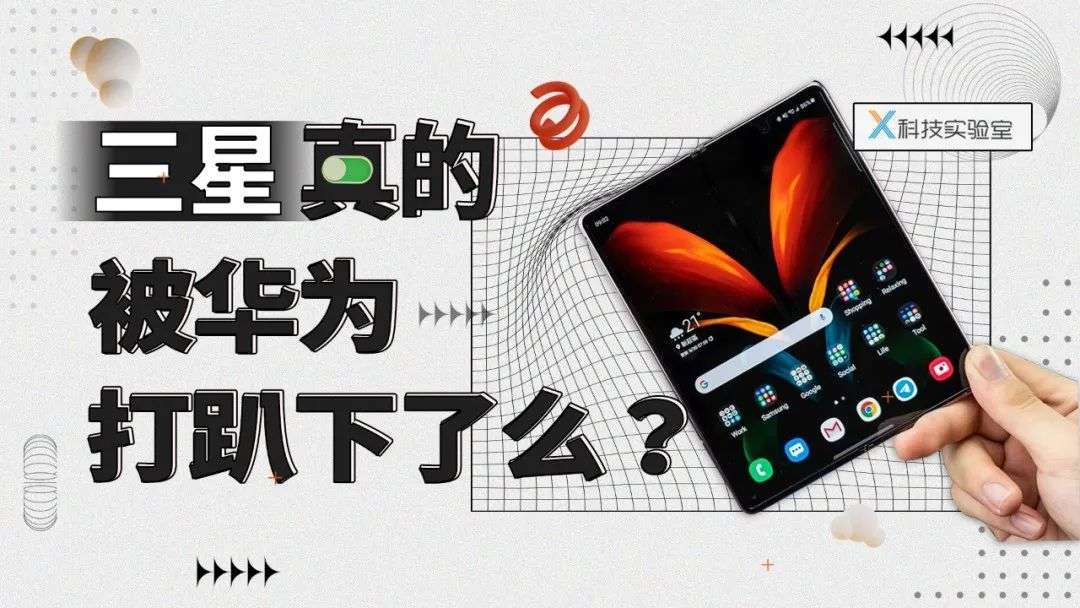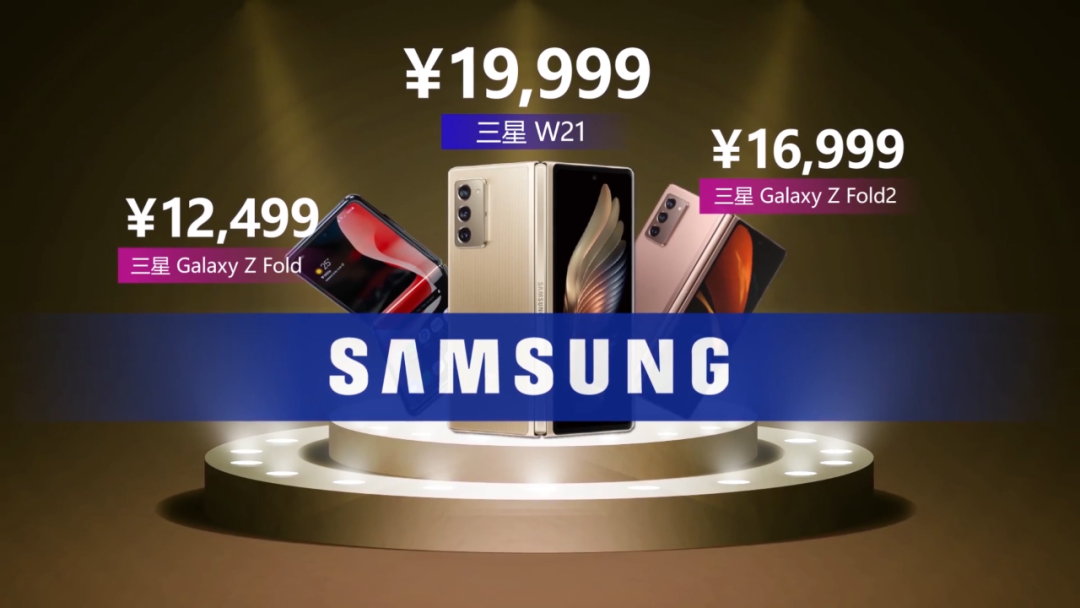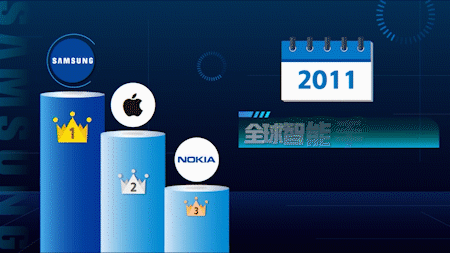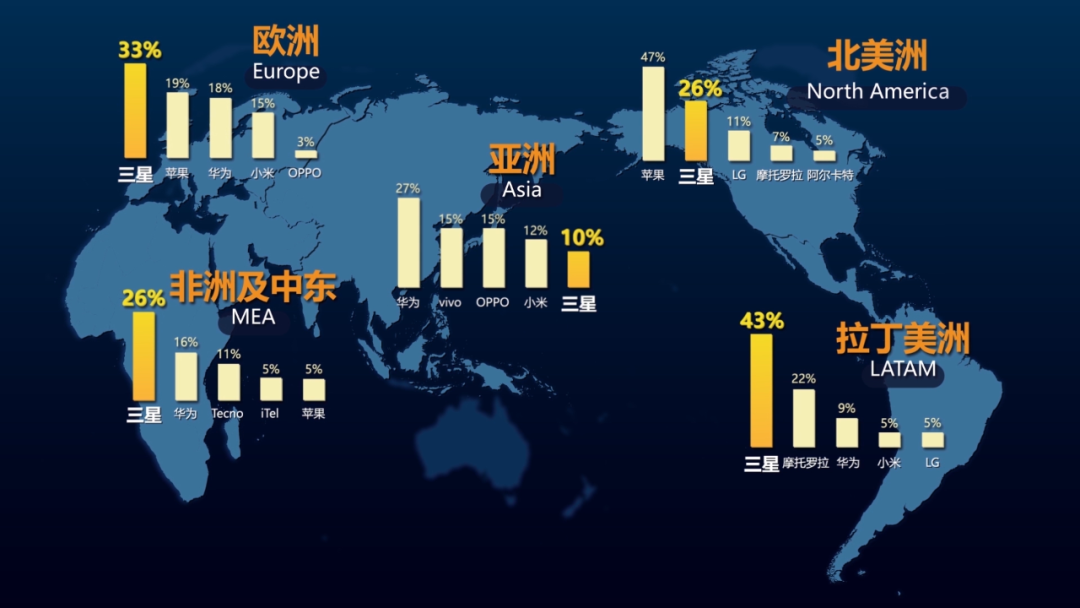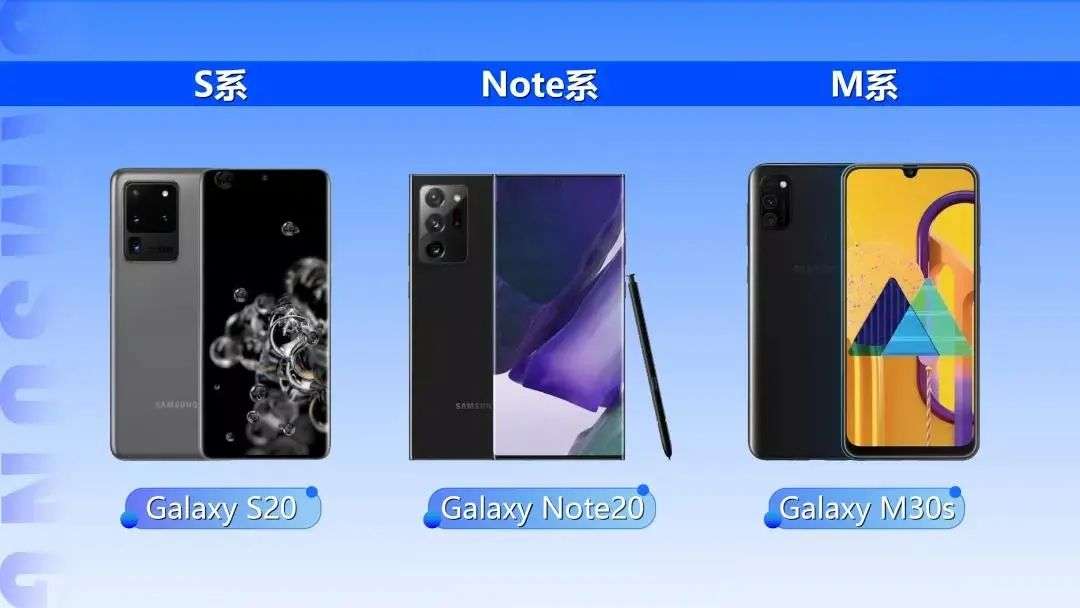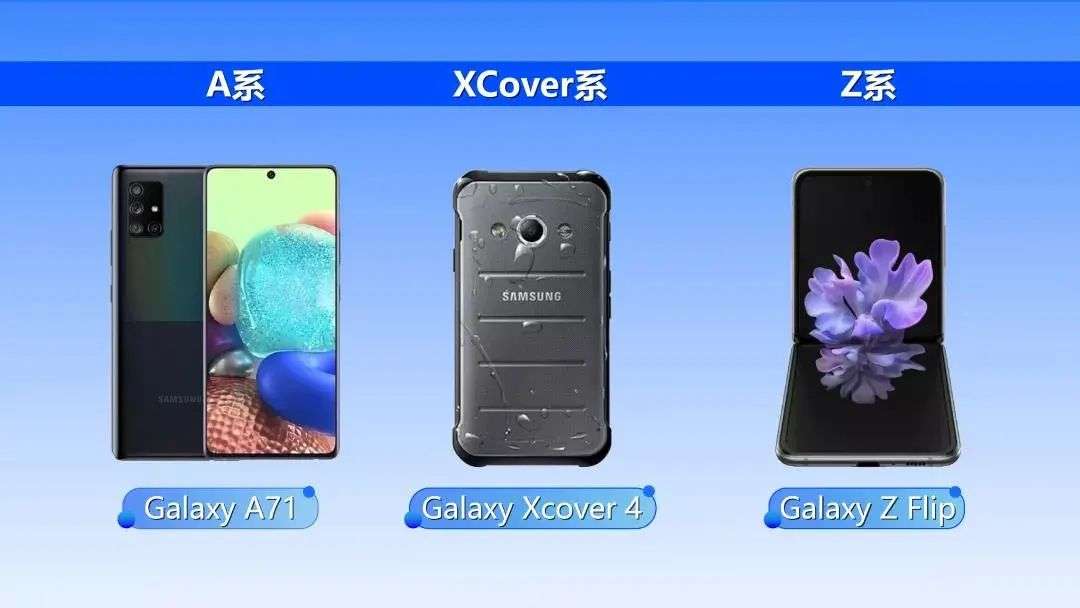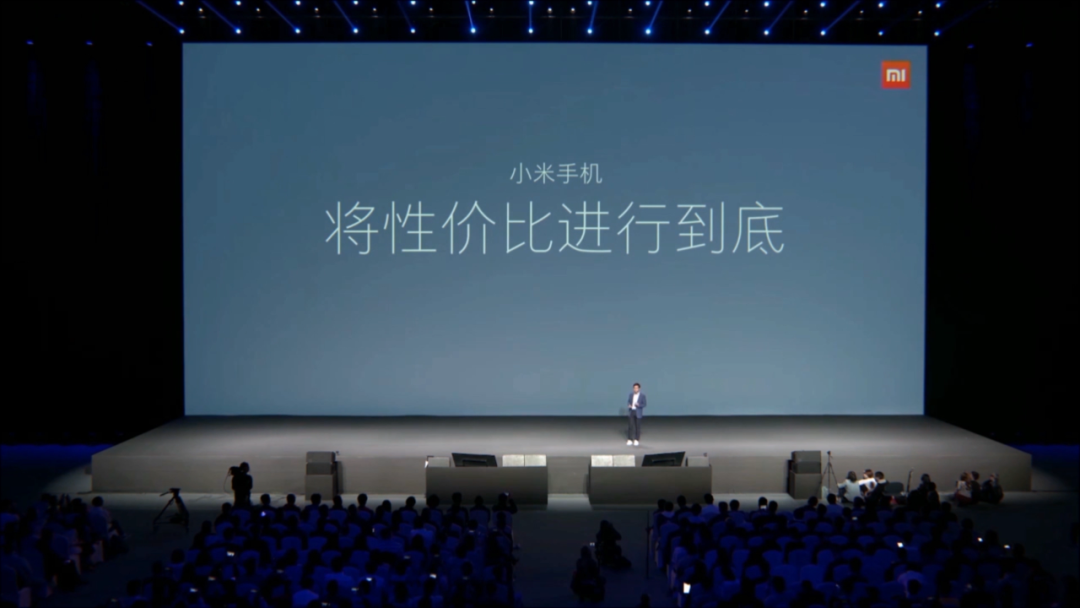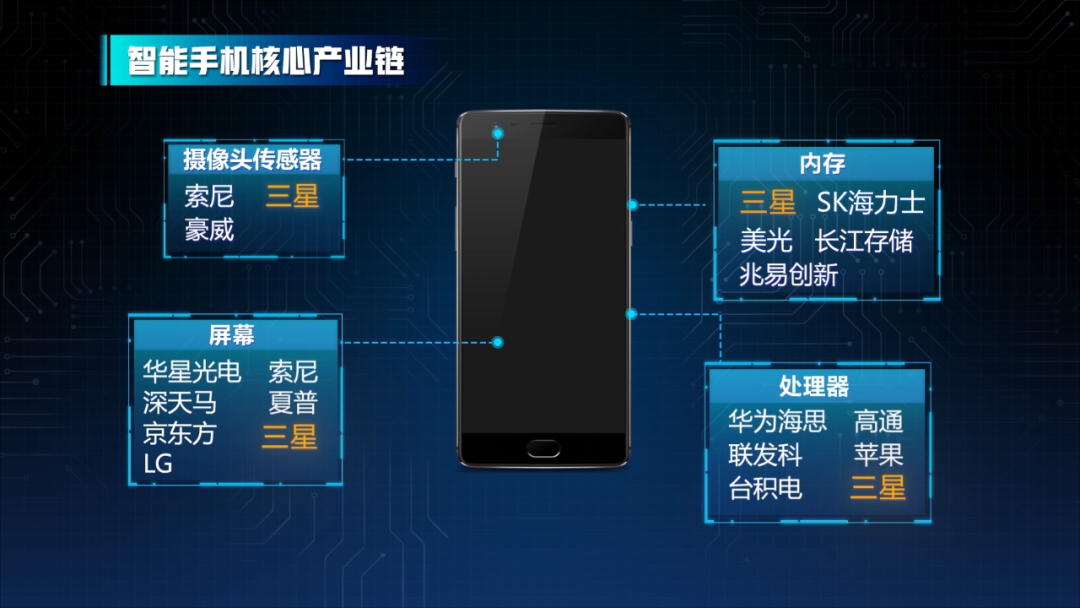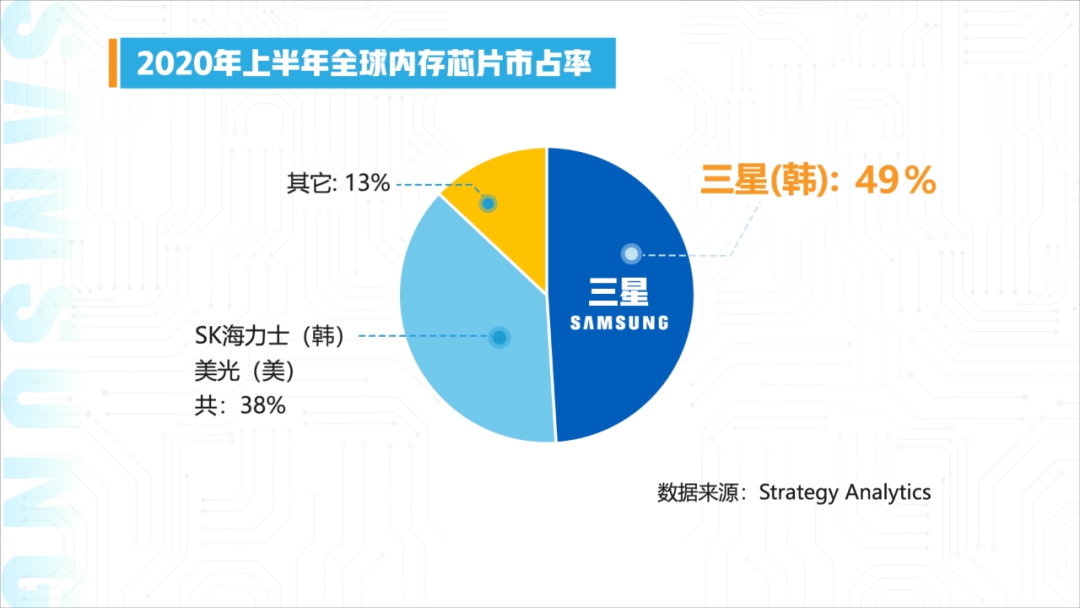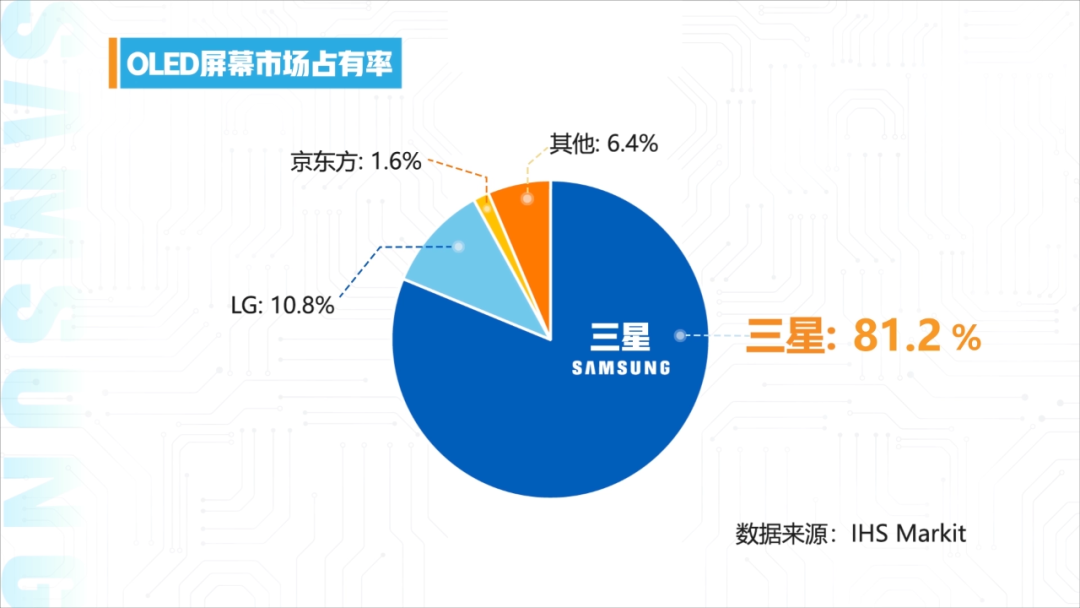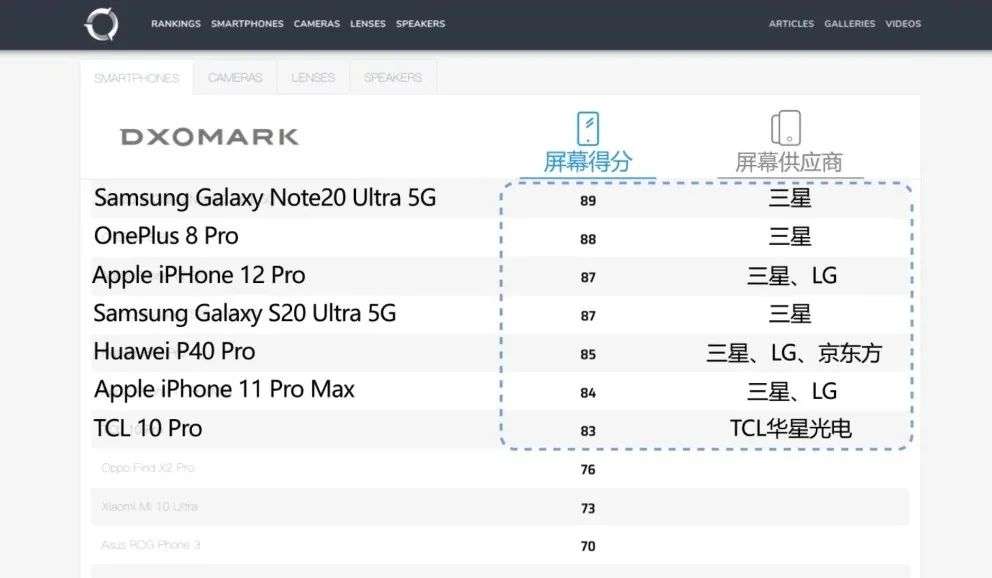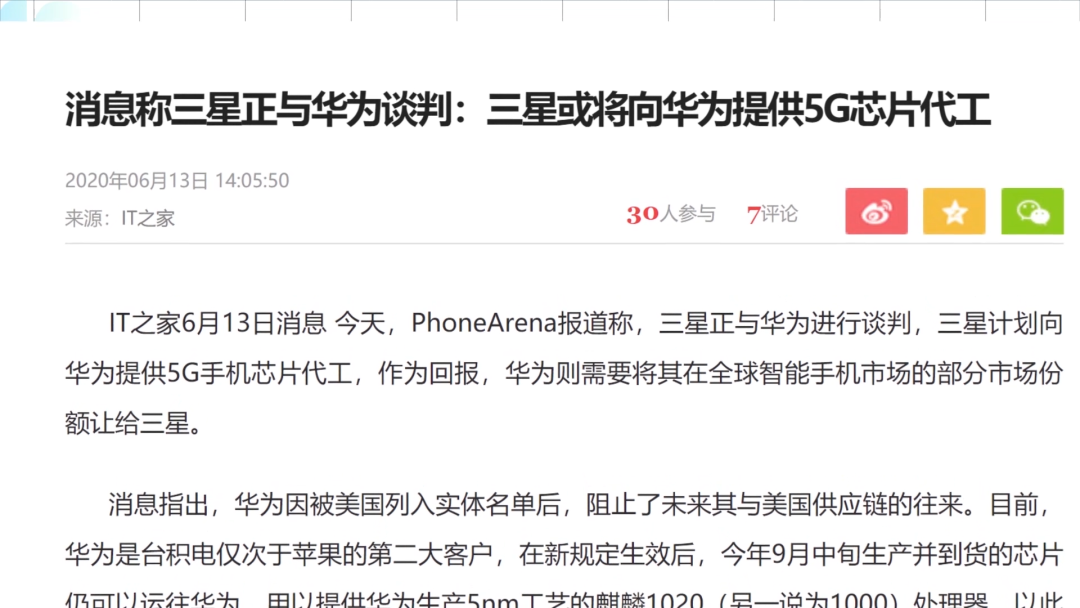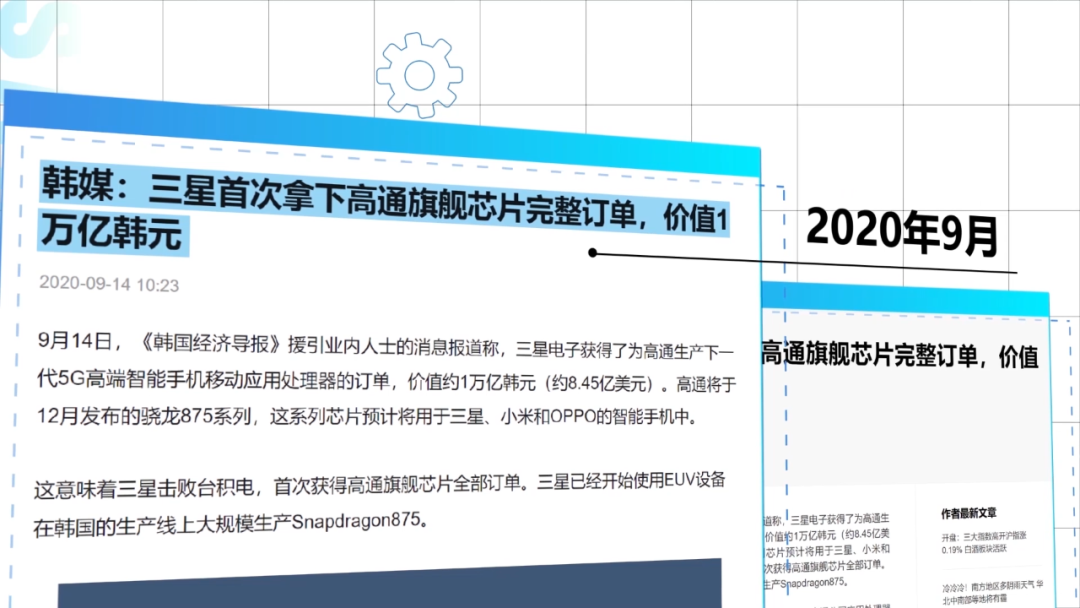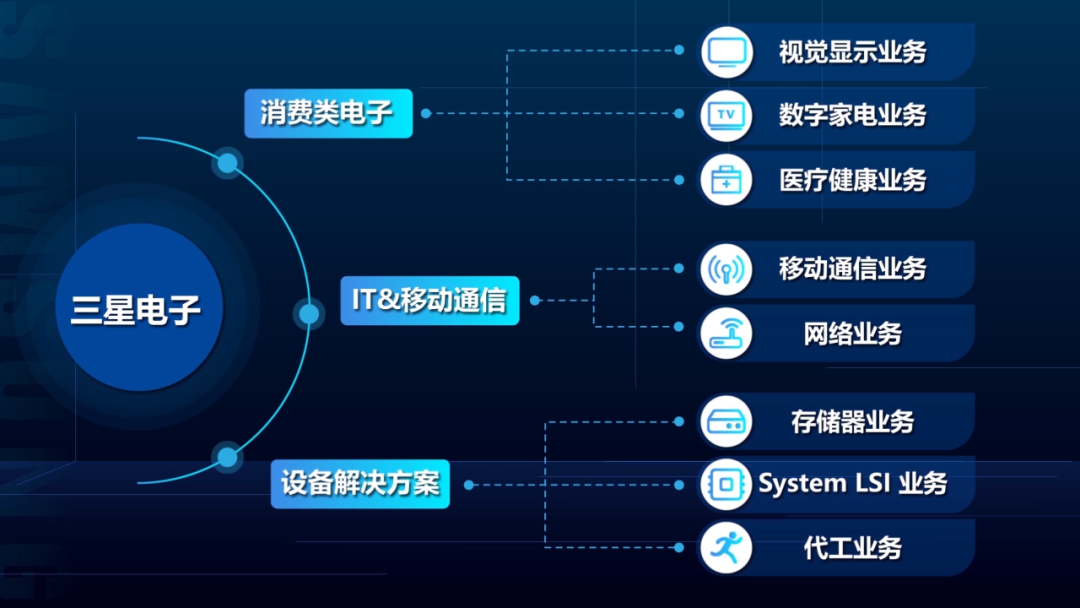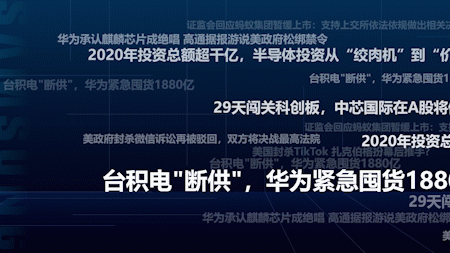The visible gap is mobile phone shipments, and the invisible gap is the accumulation of technology in the entire industry chain.
Editor’s note: This article is from the micro-channel public number “100 million European Network” (ID: i-yiou), Author: X Technology Laboratory.
2020 is a difficult year for mobile phone manufacturers, and Samsung is no exception.
Mobile phone shipments fell below 300 million units for the first time in 9 years, and were even surpassed by Huawei in the second quarter; the foundry Snapdragon 888 chip became very hot, and it was questioned that the 5nm process did not meet the standard; the panel business was on the verge of loss. To face the challenge of BOE and other domestic manufacturers.
Samsung, holding a sigh of breath, had a wave of presence at CES in 2021.
The Exynos 2100 flagship processor will be officially released on January 12, and the new Galaxy S21 series will be released on January 14. New products based on artificial intelligence and Internet of Things technology such as personal assistant robots will also be displayed.
In recent years, the continuous innovation of domestic technology companies seems to have pushed Samsung out of people’s vision. But because of this, I feel that Samsung is no longer able to do it and was beaten to the ground. This may be the biggest misunderstanding of many people in the technology industry.
Today, people who are still willing to buy Samsung phones in China are often the same kind of people—the rich.
Looking at the domestic market, only the noble 8848 can be priced more than Samsung’s folding screen mobile phone.
In addition to the folding screen, Samsung’s Note and S series are second only to the noble presence of the iPhone, and their prices are higher than Huawei’s Mate and P series. It’s said that Chinese people love to buy expensive ones, but it’s not right, but this doesn’t apply to Samsung.
Counterpoint’s statistics on the Chinese mobile phone market show that in the first quarter of 2020, Samsung’s market share was 1%, while in the second quarter, after rounding up, the figure turned out to be an embarrassing 0%.
If you are curious, why is Samsung so miserable in the Chinese market? You can go to Zhihu to search for the keyword “Samsung mobile phone” to see related questions and answers.
In the past few years when Samsung was in a state of embarrassment, domestic mobile phone brands quickly occupied the domestic mobile phone market and achieved counterattacks.
However, although Samsung was beaten in China with a bruise and swollen face, it can be found by calming down that it is actually still a peak, and domestic brands are still insurmountable in a short time.
Starting in 2011, in the past ten years, the global smartphone shipment champion has always been Samsung. Huawei briefly climbed to the top in the second quarter of 2020, but was immediately regained by Samsung in the third quarter.
In addition, Samsung can be said to be the only mobile phone brand that can take all of the five continents. From the data of each continent, we can see: In Latin America and Africa, the sales of cost-effective Chinese brands are good, and the higher-priced iPhone cannot be used; In Europe and North America, Apple sells well, and Chinese brands tend to perform well.
Do domestic brands have a chance to surpass Samsung in the global market?
To be honest, it’s difficult. Originally, the closest to Samsung was Huawei, but starting from 2019, due to a series of well-known reasons, Huawei’s sales in overseas markets have plummeted, and Samsung has once again set aside its distance.
For other Chinese brands besides Huawei, Samsung’s strength comes from their “full price” machine-sea tactics.
There are S and Note series in the high-end market, A series in the mid-range market, M series in the low-end market, XCover series in rugged mobile phones, and Z series in folding screen phones.Calculate the discontinued C, E, J and other product lines.
“Never let the mistakes go, don’t let them go” tactics, 11 years ago, helped Samsung step on the corpses of HTC, Motorola, Sony and other brands to the top Now, it has become an important moat for Samsung to dominate the global market.
Domestic brands can occupy a place in the global market with cost-effectiveness, but it is almost impossible to beat Samsung by cost-effectiveness alone.
The visible gap is mobile phone shipments, and the invisible gap is the accumulation of technology in the entire industry chain.
Throughout 2020, it is not uncommon to say that China’s technology industry has been “stuck”. When it comes to the mobile phone industry chain, many core components of domestic brands rely heavily on foreign suppliers, and Samsung is one of the upstream suppliers.
We know that in addition to the processor chip, the core components of smartphones also include screen panels and memory chips. This is currently the flagship model of all mainstream brands in these twoOn the supplier list of components, you can find that Samsung’s name appears frequently.
Among them, Samsung is the world’s largest memory chip giant, with a market share of 49% in the first half of 2020. At present, the domestic memory chip is still in its infancy, and there is no supplier that can be compared with Samsung.
In May 2020, when Huawei was facing a chip supply crisis, South Korean media reported that in order to purchase memory chips from South Korea’s Samsung and SK Hynix, Huawei’s annual expenditure was over US$8 billion.
In terms of screens, although BOE among Chinese companies is struggling to catch up with Samsung, there is still a huge gap.
For example, OLED screens commonly used in high-end mobile phones, Samsung’s market share reached 81.2% in the fourth quarter of 2019, LG also from South Korea’s 10.8%, and BOE’s only 1.6%.
In the scoring of foreign professional organizations, except for a TCL mobile phone, all mobile phone models with a screen score of 80 or more use Samsung screens.
In addition, Samsung is not a blank paper on the processor chip, the most important component of a mobile phone. Although the Orion processor they designed and produced is not as good as Qualcomm’s Snapdragon and Huawei’s Kirin, Samsung has never given up on this product line.
More importantly, in terms of chip manufacturing, Samsung and TSMC are currently the only manufacturers in the world that have mastered the 5nm process technology.There have been rumors that Huawei hoped that Samsung could help Kirin chip in the foundry after the chip supply was cut off.
In September 2020, Samsung won a foundry order for Qualcomm’s next-generation processor chips. This also means that in the future, domestic mobile phone brands will be more dependent on Samsung.
It can be said that Samsung Electronics, behind Samsung mobile phones, is a behemoth that can almost be self-sufficient in the entire industry chain. Although they also rely on Japanese imports for some chemical raw materials, it cannot be denied that in a sense, Samsung is already a goal that the entire Chinese technology industry needs to catch up in the next 5-10 years.
So, do you still think that Samsung is not working?
What we should see is that Samsung Electronics has worked hard for decades, only to have today’s technological accumulation and near-monopoly status. It did underestimate Chinese consumers, but from the perspective of business development, we cannot underestimate Samsung, but should learn from this company in terms of technology and operations.
2020 has passed. This year, China’s technology industry has experienced a lot. If we have learned anything in 2020, it may be that behind the prosperity, China’s technology industry still has a long way to go from being truly self-sufficient, and from being truly independent.
It is not advisable to underestimate oneself, nor to have self-esteem.
Reference:
1. 2020Q1-Q2 China’s smartphone market shipments, Counterpoint;
2.2010-2019 global smartphone market shipments, IDC;
3.2020H1 global smartphone memory market share, Strategy Analytics;
4.Huawei Wants Stable Samsung, Hynix Chip Supply, Korea Daily Says, Bloomberg, 2020.5.25;
5.2019Q4 global smartphone OLED panel market share, IHS Markit;
6.DXOMARK Ranking-Smartphones-Display, DXOMARK;
7.Samsung Electronics to Produce Qualcomm’s Snapdragon 875 APs, Business Korea, 2020.9.14
